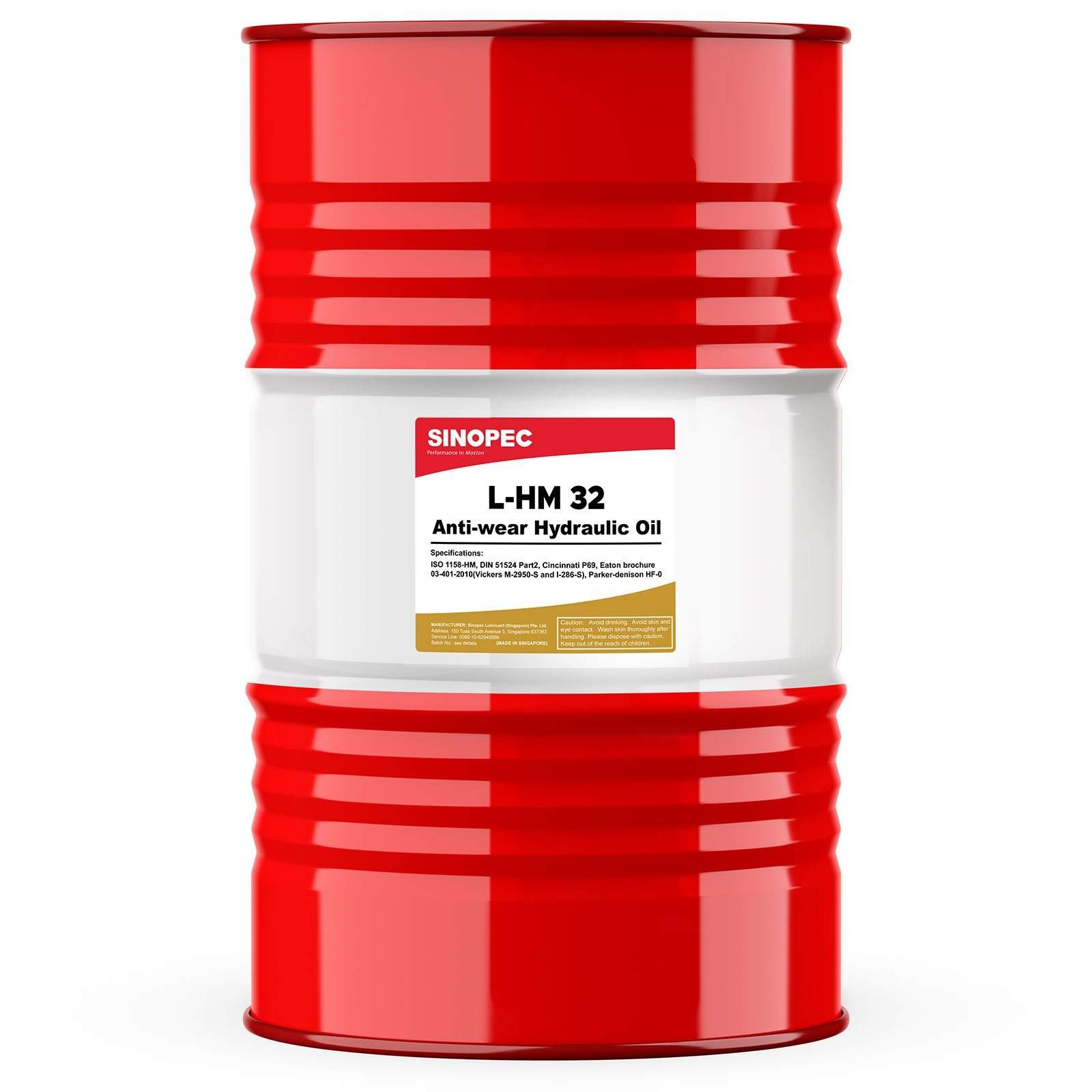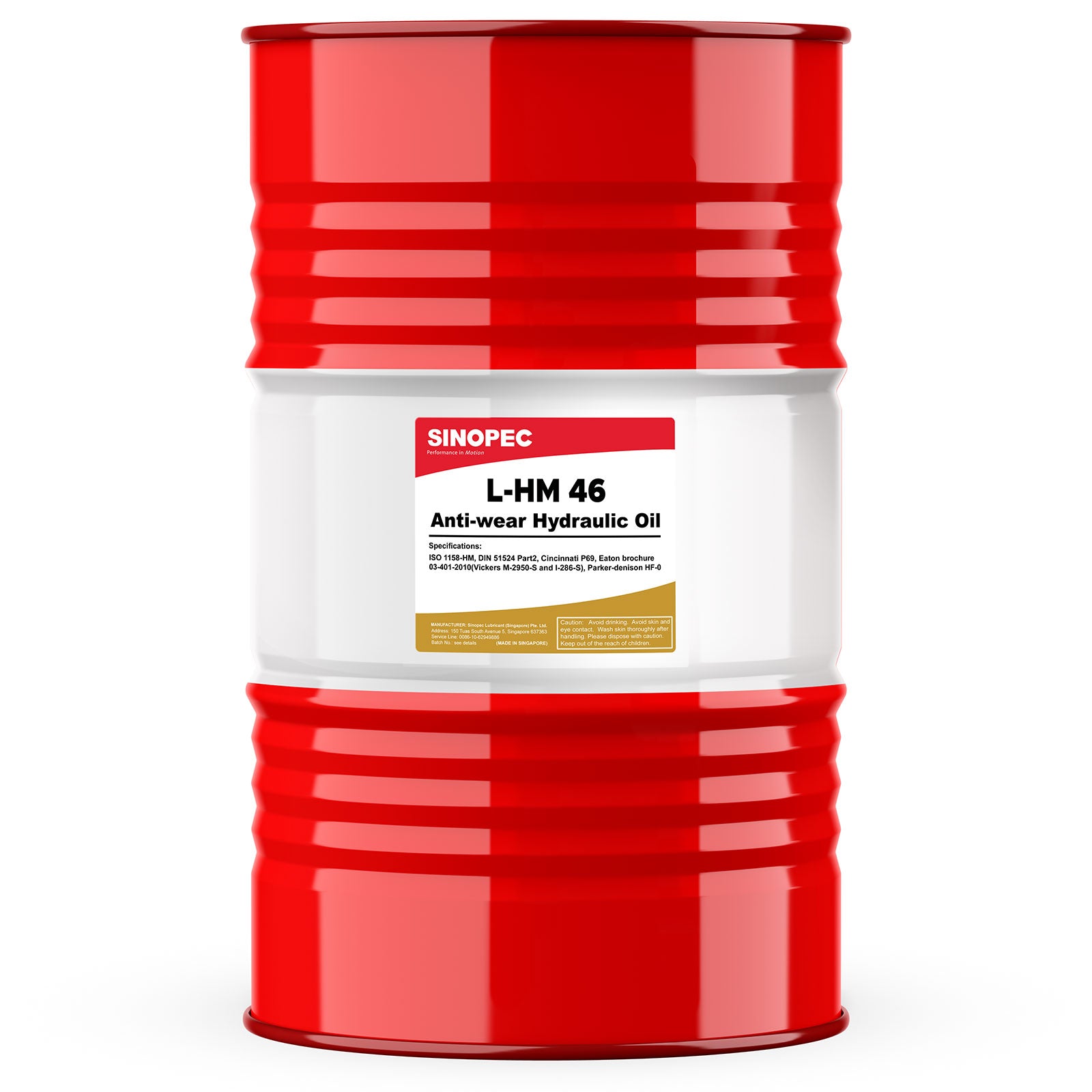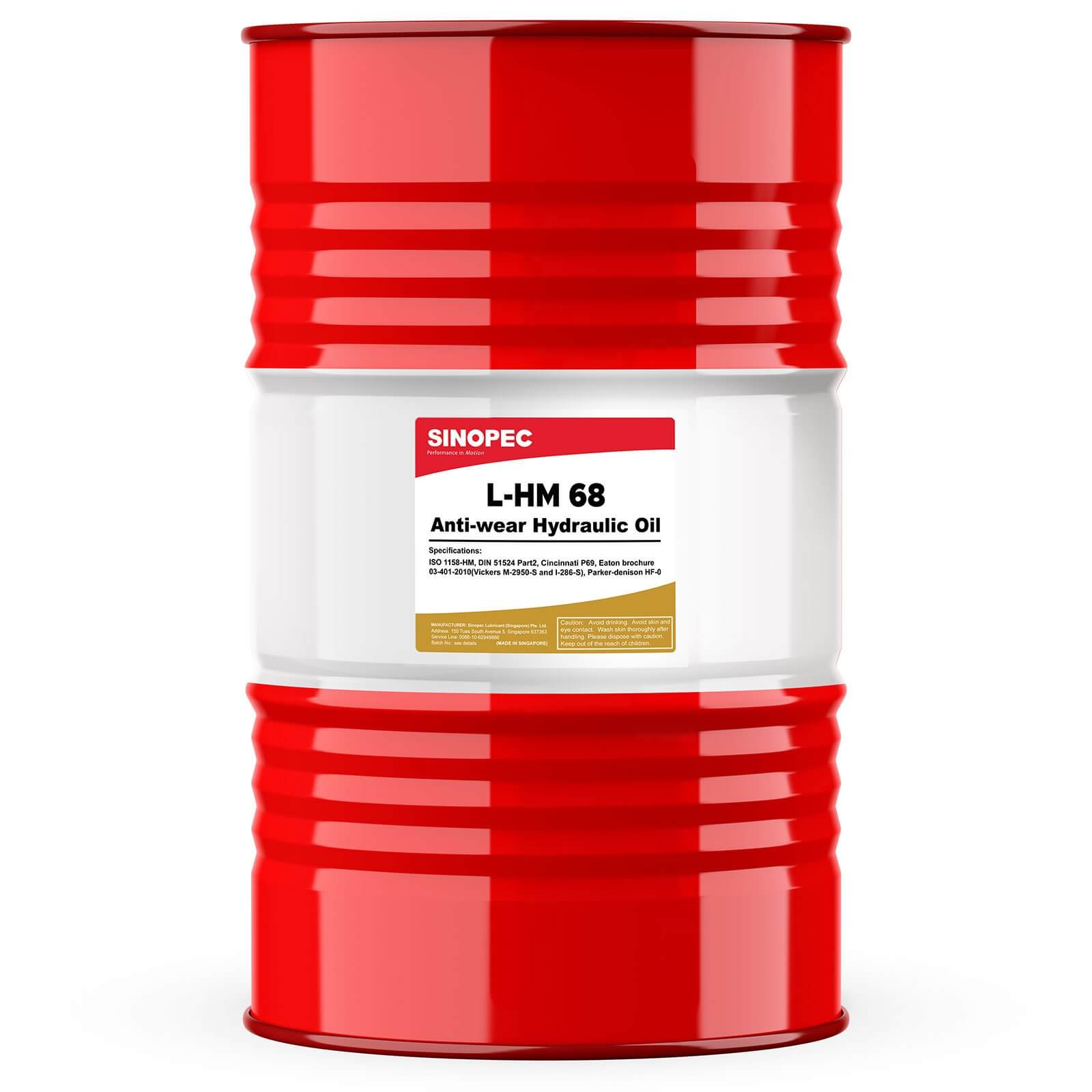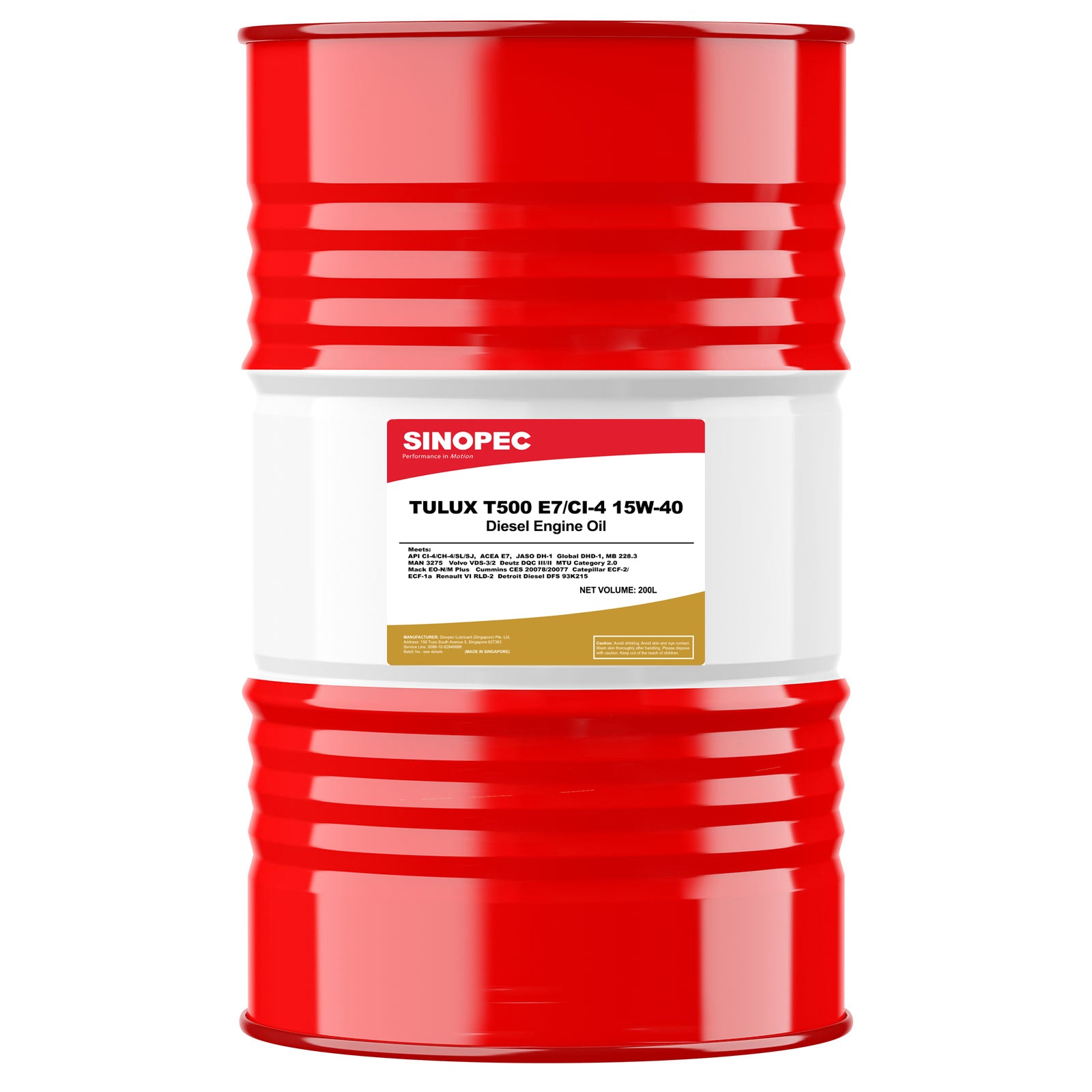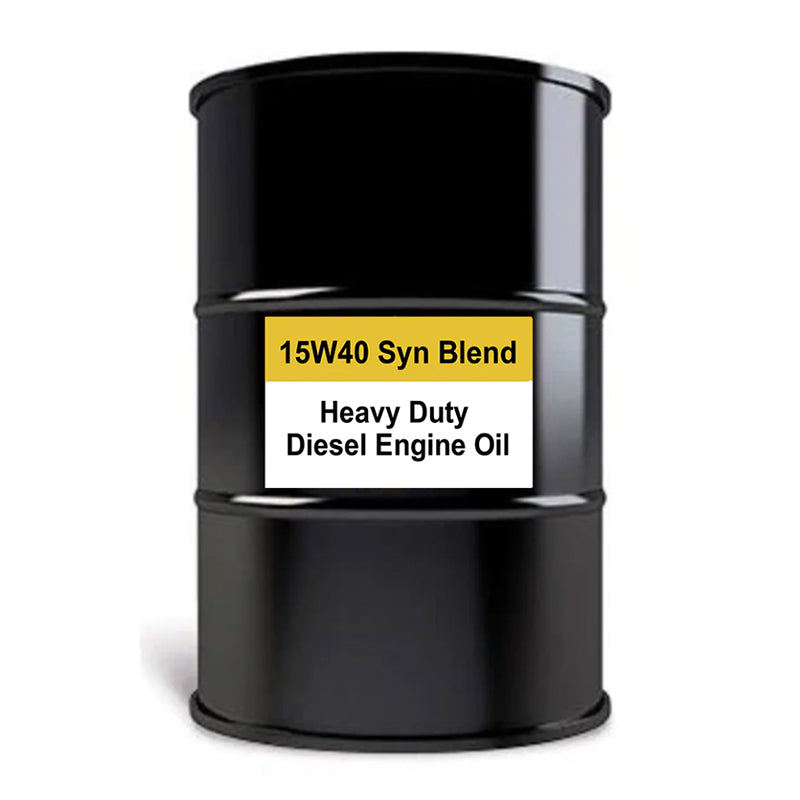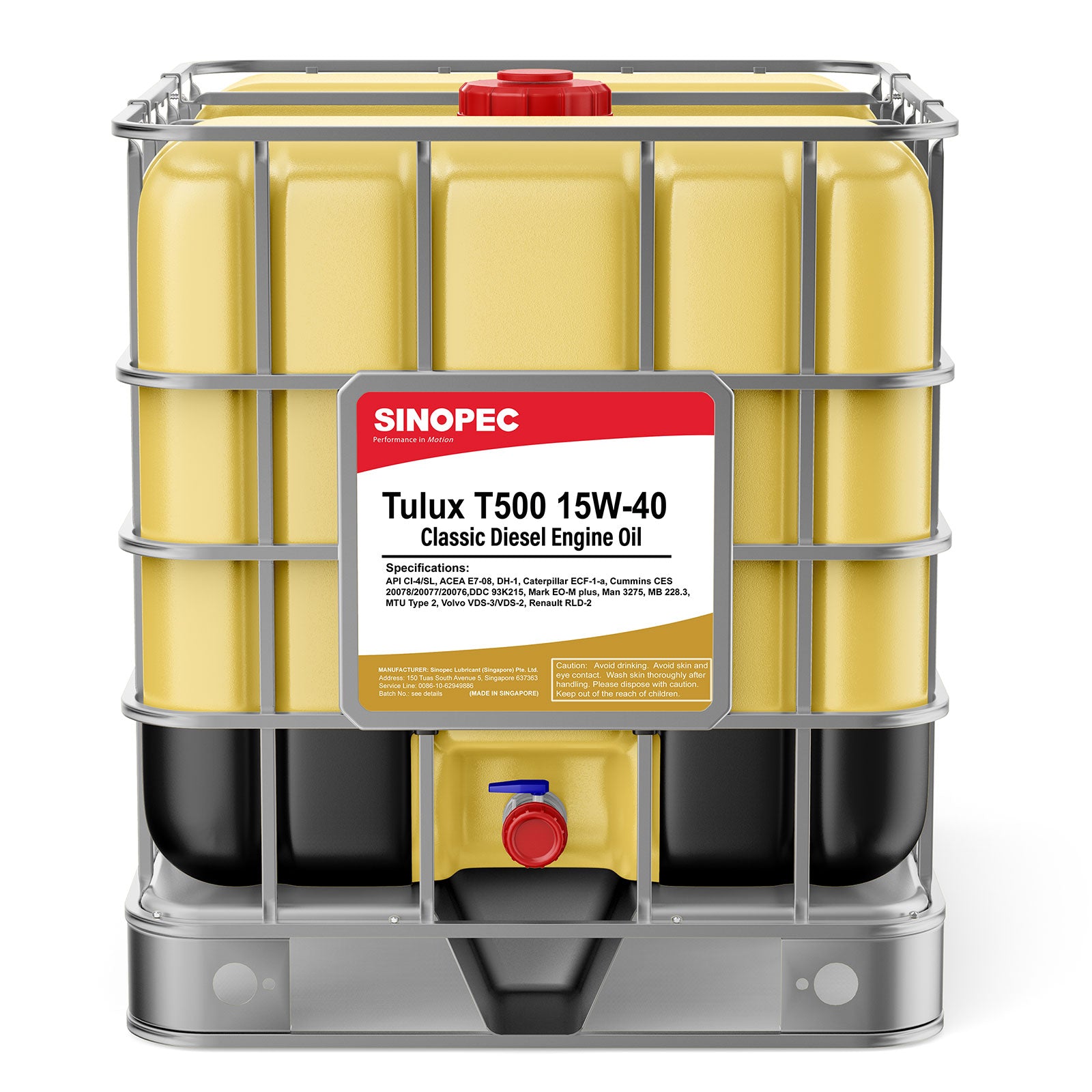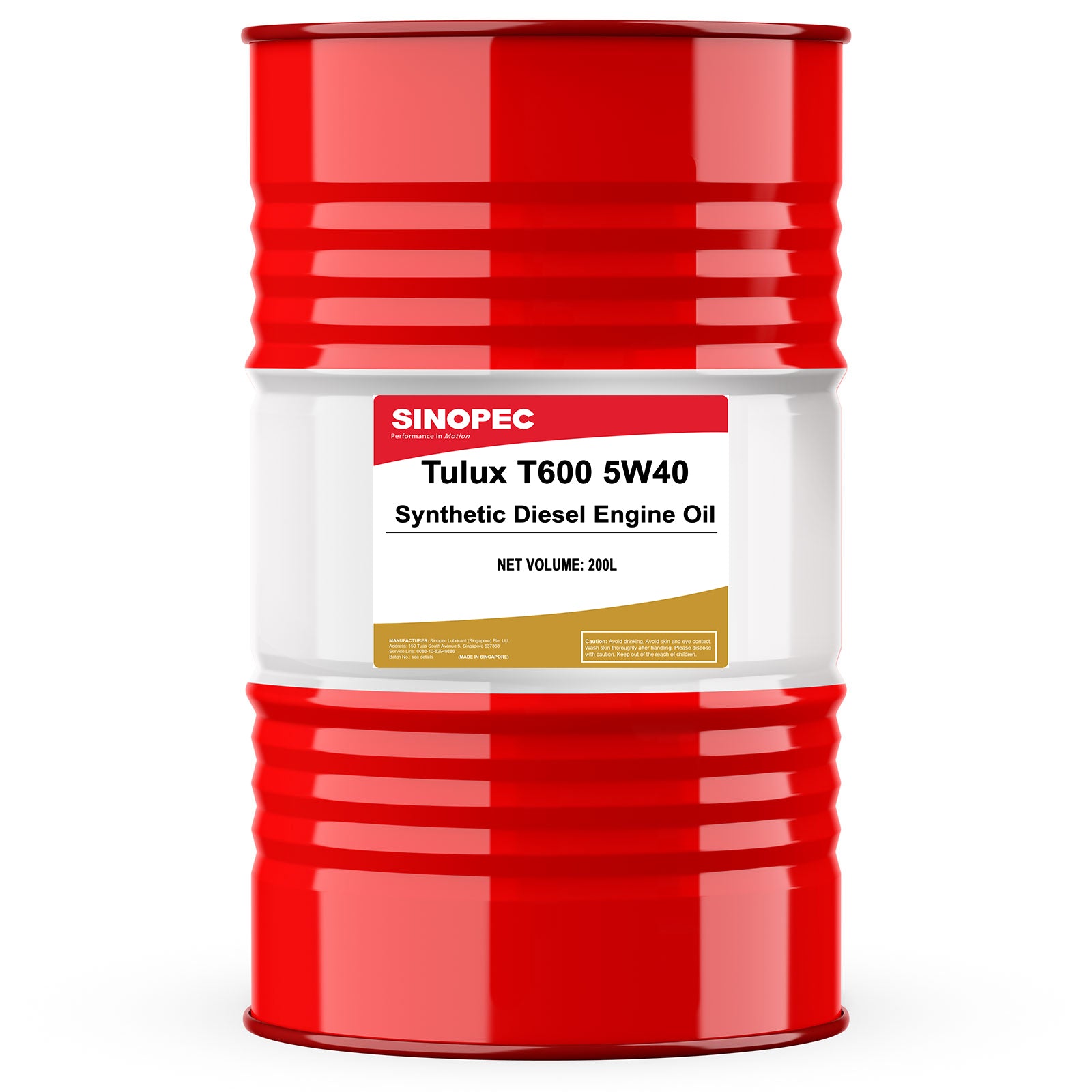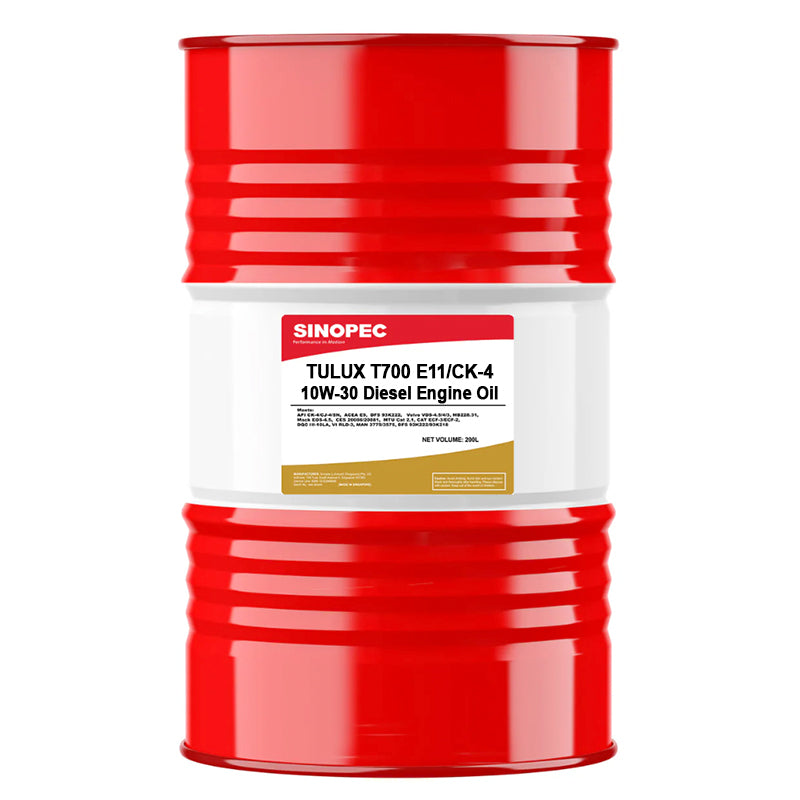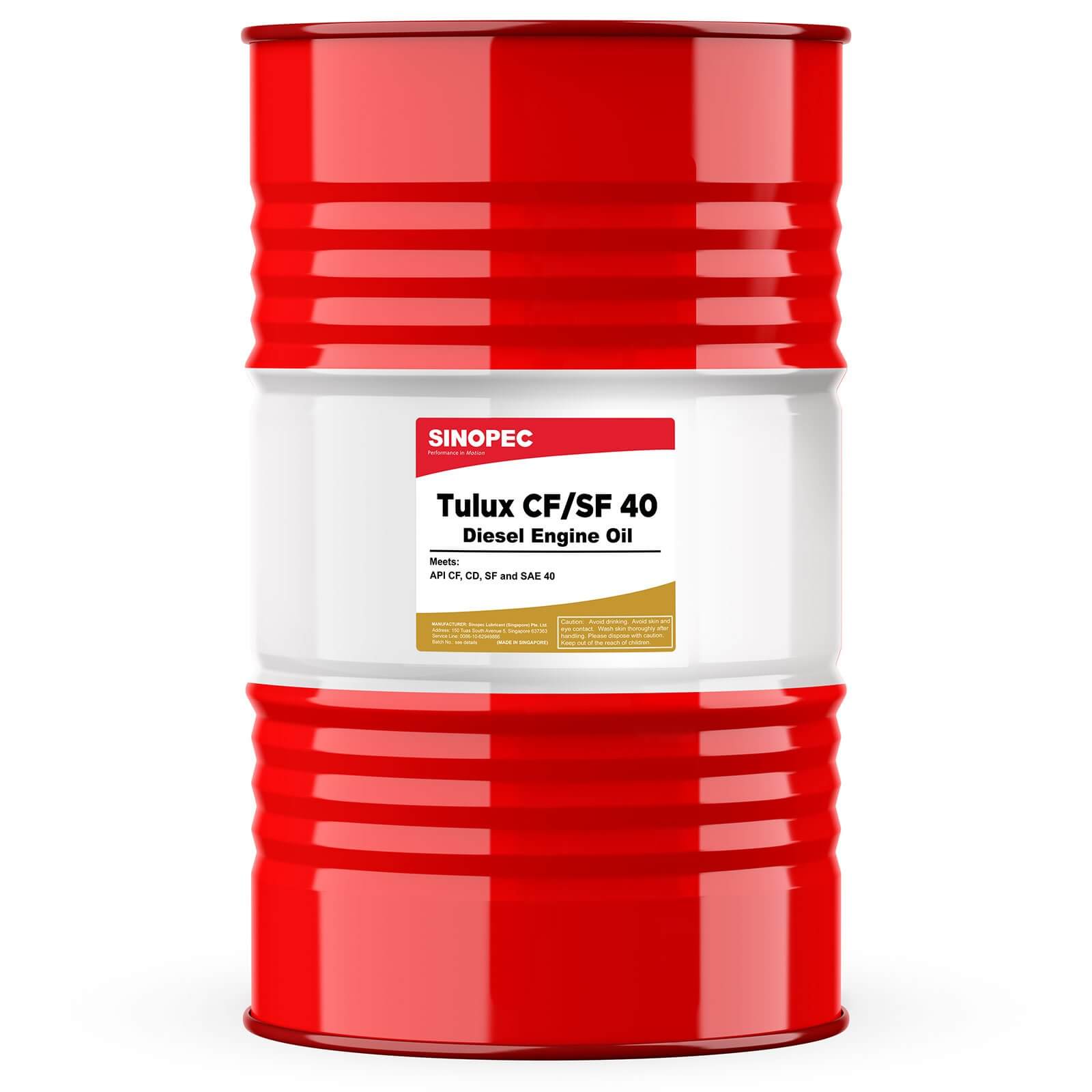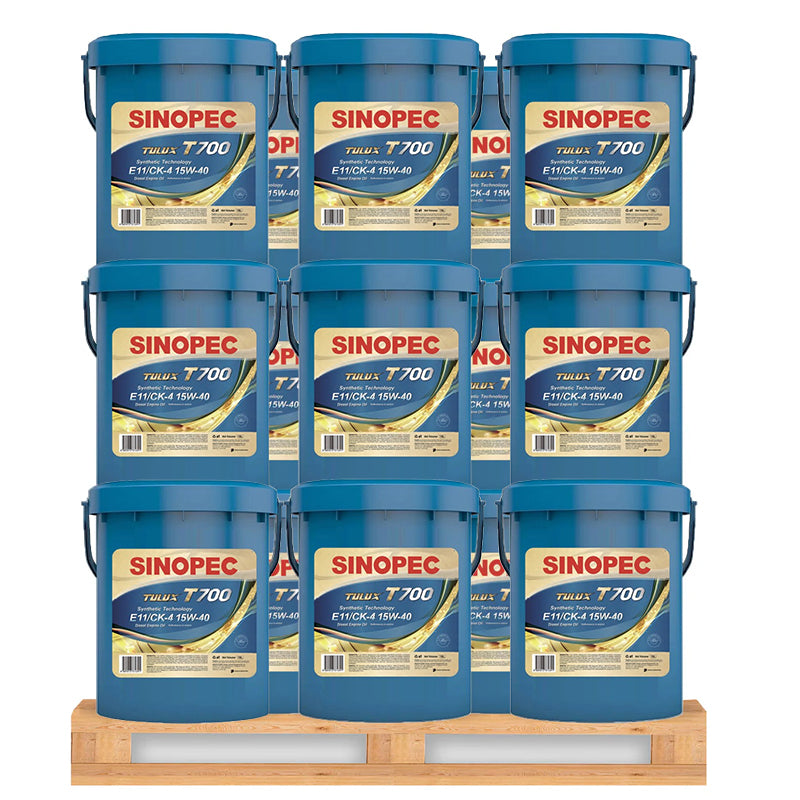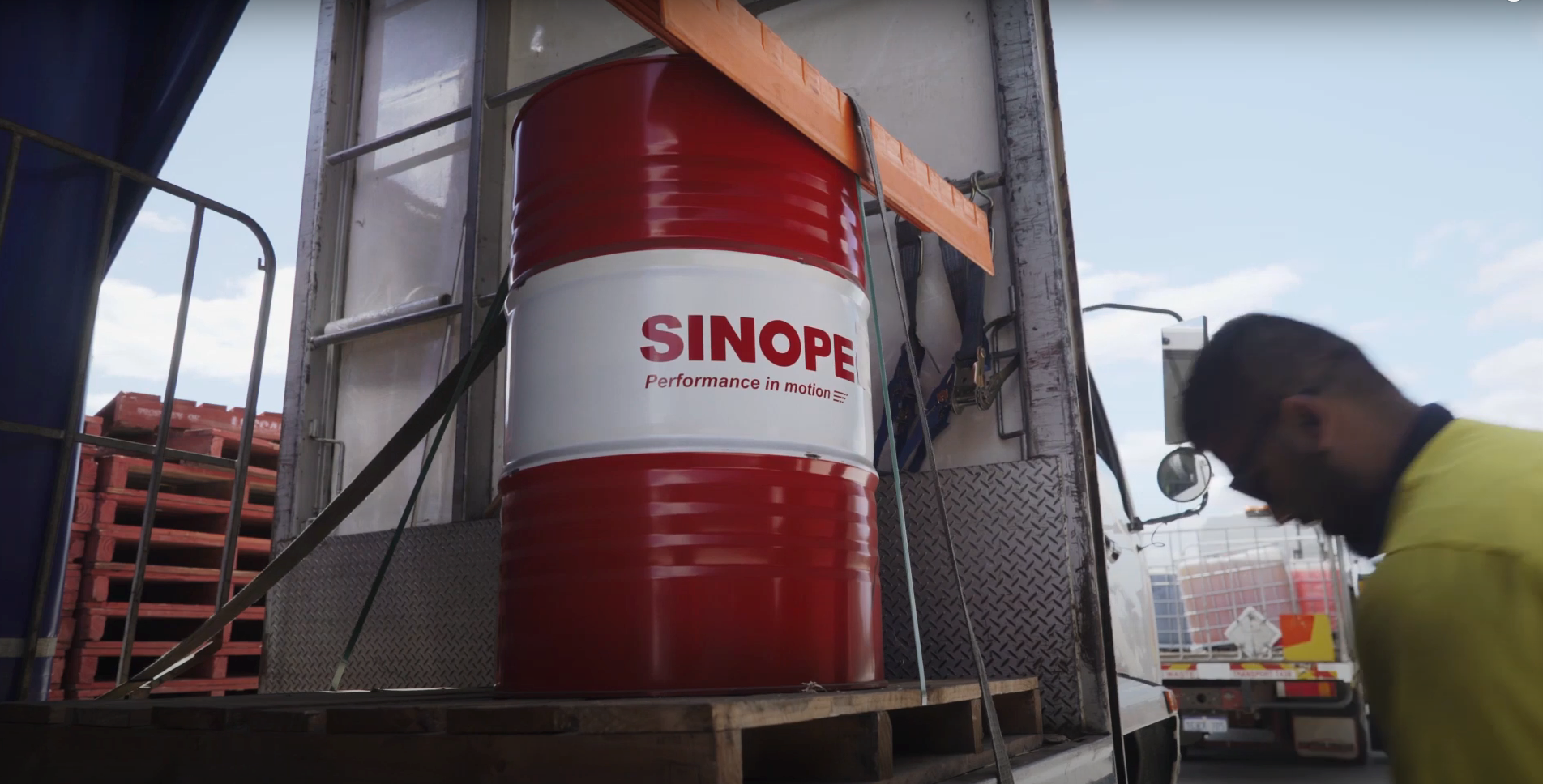Many medium and large fleets are ditching 15W-40 heavy duty engine oil (HDEO) for 10W-30 HDEOs. According to a recent study about 20% of medium and large fleets are now using 10W-30 HDEO (Power Systems Research, 2014). The most common reason for the change is the increase in fuel economy by switching to lower viscosity oil.
10W30 HDEO | $479.00 - 55 Gallon Drum - Free Delivery
15W40 HDEO | $449.00 - 55 Gallon Drum - Free Delivery
1. FUEL ECONOMY IMPROVEMENTS ARE CORRELATED WITH VISCOSITY Engine oil’s main job is to protect your trucks’ engines. The combustion cycle creates heat, soot, and acid; all of which the HDEO must mitigate. However, HDEO also presents the problem that it adds drag to the engines’ movements. Imagine swimming in honey; it would require a lot of energy to get across the pool and stay afloat. Swimming through honey is much like what your engine’s moving parts have to do to move through oil. As you can imagine, the thicker the oil, the more energy it takes for the engine’s parts to move through it. There is nothing magic that makes a 10W-30 HDEO more fuel efficient; it is simply thinner and therefore produces less drag on your engine.
2. DON’T SACRIFICE WEAR PROTECTION FOR FUEL ECONOMY While the viscosity of an HDEO accounts for its contribution to fuel economy, it is the composition of the base oil and additives that protect your engine from wear, soot, and acid. Because 10W-30 is thinner than 15W-40 oil, its film strength can be weaker and it can be more prone to oxidation. Therefore, high quality additives are needed to compensate for those weaknesses in order for a 10W-30 engine oil to protect as well and last as long as a 15W-40. High quality 10W-30 oils can perform as well, and better than industry-standard 15W-40 oils.
3. NOT ALL 10W-30 ENGINE OIL IS THE SAME VISCOSITY The stated viscosity of a HDEO does not represent an exact viscosity, but rather a viscosity within a range on the SAE viscosity scale. Engine Oil viscosity is measured in centistokes (cST) at 100°C. “W’ grades are measured at 40°C. 10W-30 engine oils can fit anywhere in the range of 9.30cST to 12.49cST. Engine oils closer to 9.30cST will provide better fuel economy benefits than oils closer to 12.49cST. Therefore you could have two separate 10W-30 engine oils produce two different results in fuel economy. Furthermore, if you are comparing the fuel economy benefits of a 10W-30 to 15W-40, your results will vary depending on the exact viscosity of the 15W-40 oil, because the 15W-40 designation represents a range of viscosities. 5 Things You Should Know Before Switching to 10W-30 Engine Oil
4. BETTER FUEL ECONOMY DOESN’T NECESSARILY MEAN YOU’LL BUY LESS FUEL While this may sound straightforward, many fleets are disappointed when they switch to 10W-30 HDEO and don’t see a reduction in their fuel purchases. All things being equal using 10W-30 HDEO requires less fuel than using 15W-40 HDEO. However, all things aren’t equal. Fuel prices fluctuate, routes change, cargo weights differ, weather never stays steady, and drivers’ behaviors can vary. The best way to ensure your trucks are getting better fuel economy with 10W-30 HDEO is to develop and maintain a precise method for calculating fuel efficiency. Don’t just look at your fuel bills to evaluate the fuel economy benefits of switching to 10W-30 engine oil. One way is to use data from the electronic control module (ECM) to statistically isolate certain variables and calculate differences in fuel economy from before and after switching to 10W-30 engine oil and to compare different trucks. The bottom line is that 10W-30 HDEO produces less drag than 15W-40 HDEO, but sometimes it takes looking below the surface of a fuel invoice to notice the changes.
5. LOWER VISCOSITY HDEO WILL BECOME THE NEW NORM New governmental standards for greenhouse gas (GHG) emissions and fuel economy are adding pressure to engine manufacturers to produce more efficient engines. Additionally truck, engine, lubricant, and fuel manufacturers are continuously looking to add value for their customers; one way is to make a product which allows your customers to use less fuel. Currently a new category of engine oil is being developed and evaluated by the American Petroleum Institute (API) in conjunction with the new heavy duty emission standards set by the EPA that will go into effect 2016. The new engine oils haven’t been given a specific designation yet (like “CJ-4”), but have been dubbed PC-11 (proposed category 11). The details of PC-11 haven’t been worked out yet, but industry changes are forecasting that the majority of heavy duty engine oil will shift from 15W-40 oil to XW-30 (i.e. 0W-30, 5W-30, and or 10W-30). The good news is that you don’t have to wait for the entire industry to shift to 10W-30 engine oils to start seeing the fuel economy benefits of 10W-30.


